Hide-and-Seek: Ocean Animals with Top-Notch Camouflage
Can you spot these masters of disguise?
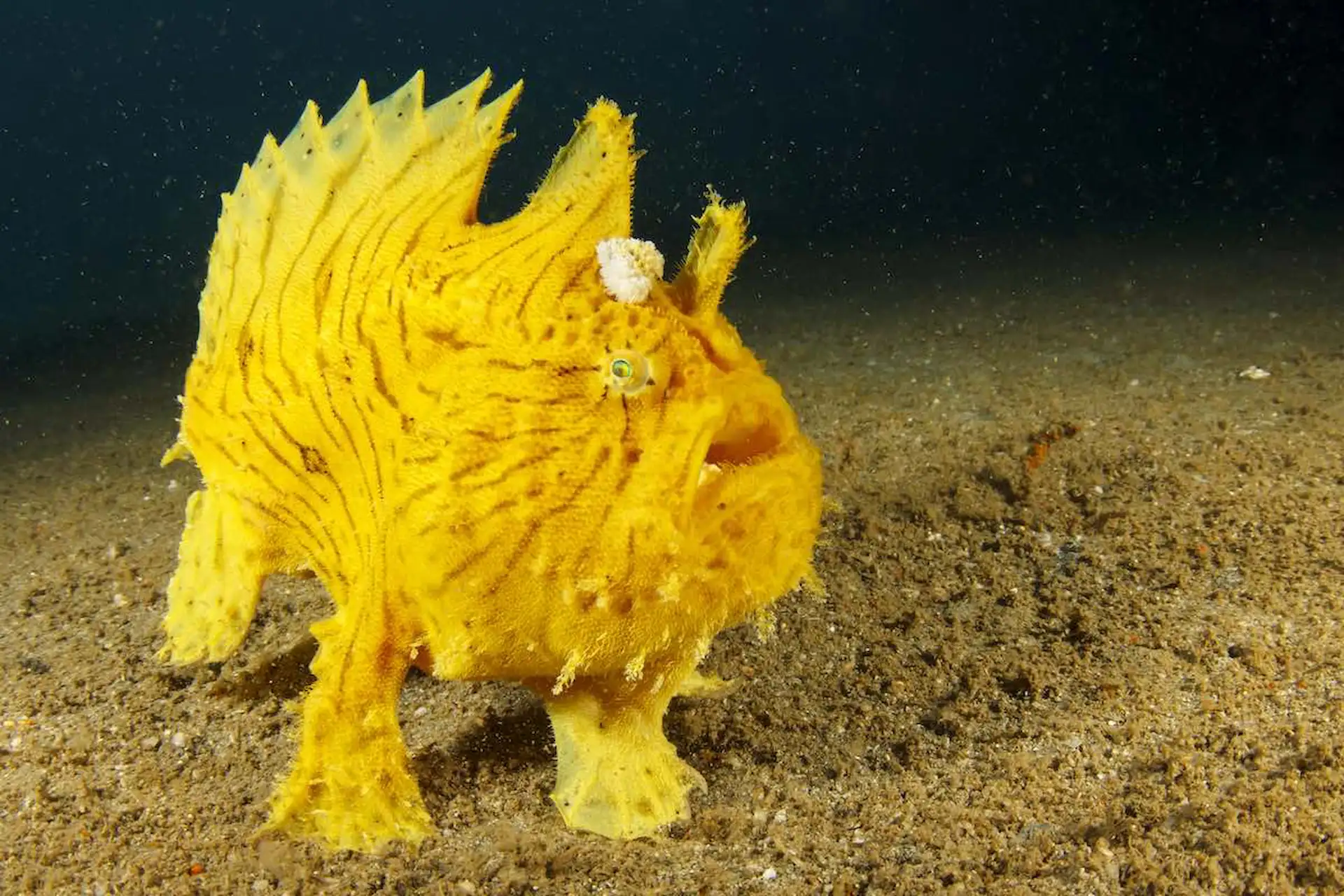
Now you see them. Now you don’t. Or do you …?
Animals use camouflage in several ways, including to hide from or trick hungry predators and to attract and sneak up on prey. While some underwater species have sharp spines or hard shells to protect themselves, many ocean animals rely on their camouflage skills as a survival mechanism.
From matching colors to mimicking shapes, some sea creatures have perfected the art of camouflage so much so that it can be nearly impossible to find them. Dive in and see if you can spot a few of our favorite chameleons of the sea!
Cuttlefish
Cuttlefish are cephalopods, which is a group that also includes octopuses and squid. They are part of an exclusive group of animals that can change color based on their activities using special cells called chromatophores. They can also instantly change shape and texture, affording them the ability to quickly blend in with sand, rocks, coral, other fish and plants. Cuttlefish are truly fin-credible at adapting to their surroundings.
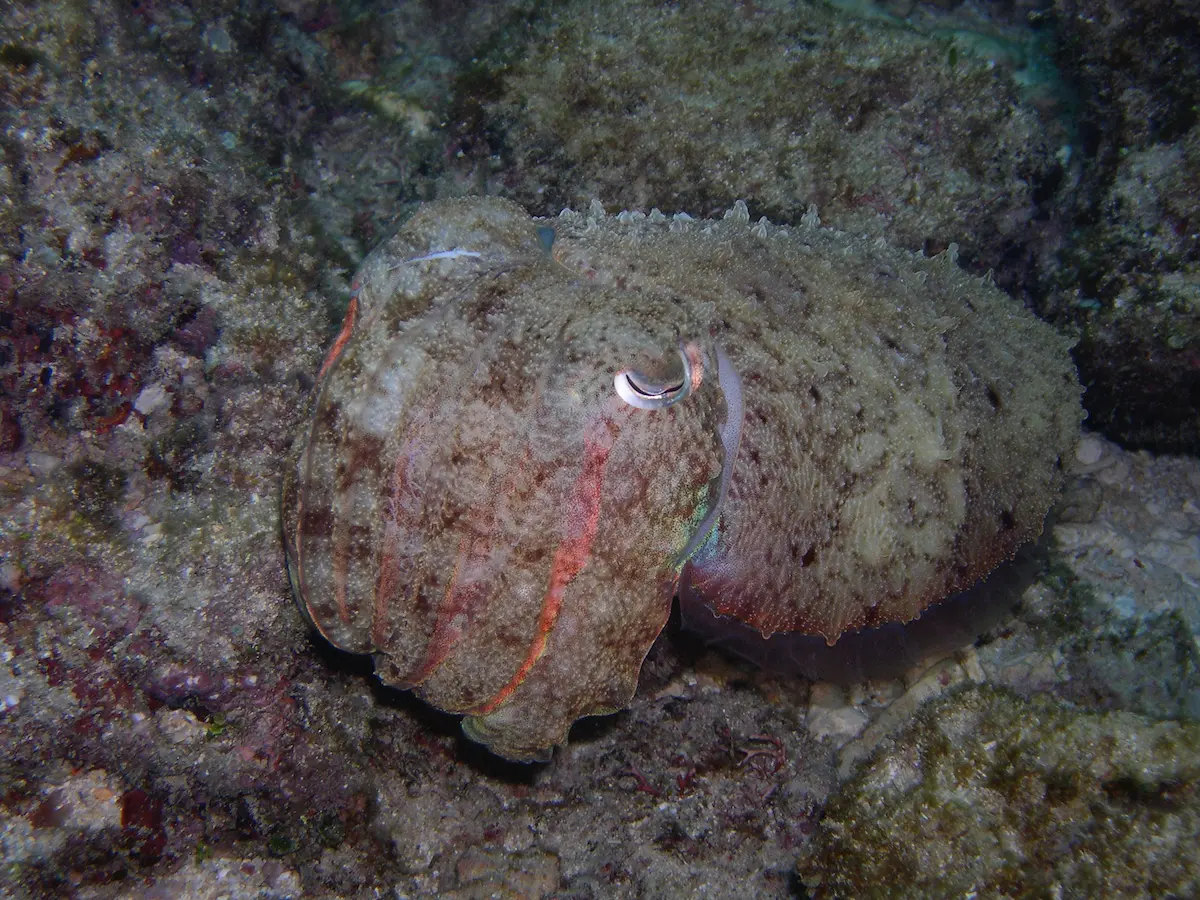
Frogfish
Frogfish are often found in tropical and subtropical ocean waters and are masters of disguise. Some species of frogfish, like the Commerson’s frogfish, can easily adapt to blend in with the bright colors of coral reef or the darker shades of sand, rocks and sponges. They also have textured, uneven skin and can be difficult to spot among rocks or reef. Another species, the hairy frogfish, looks almost like a ball of seaweed or algae with their long, wavy hair-like spines.
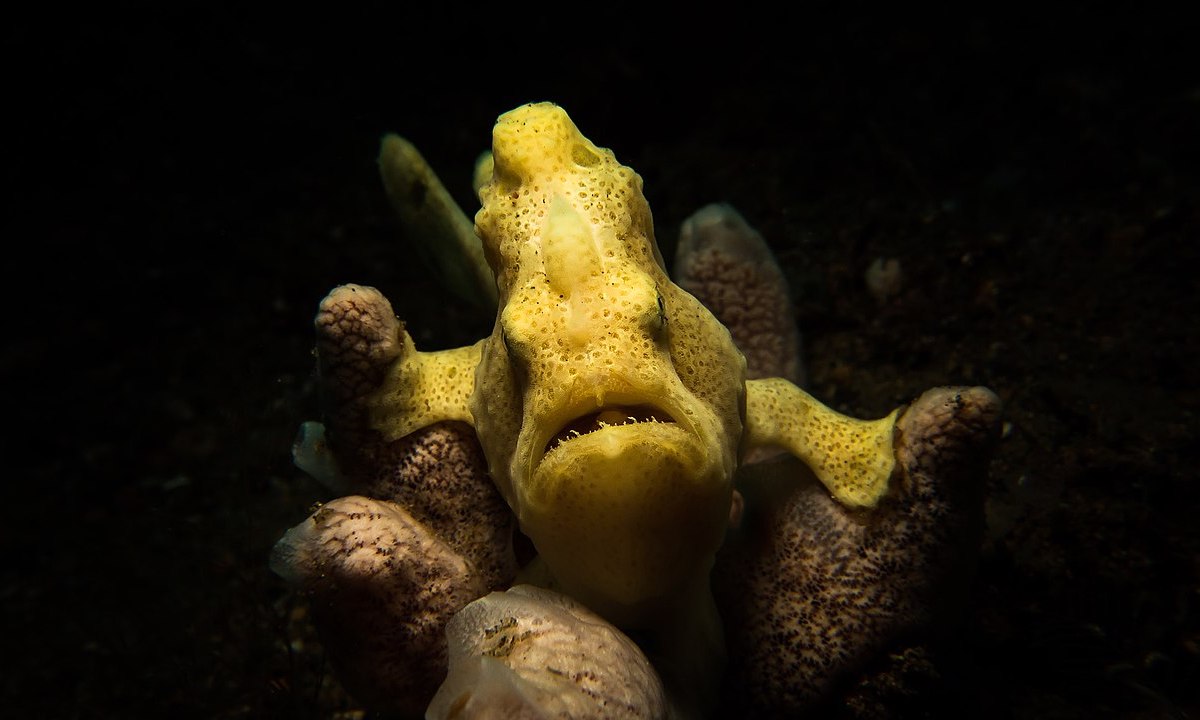
Leafy Seadragon
The name “leafy” seadragon is almost self-explanatory! These hard-to-spot characters have protrusions or appendages that look like leaves or seaweed—and their only purpose is to assist with camouflage, which is pretty special if you ask us. They swim slowly through the ocean to resemble drifting kelp or plants, rendering them nearly invisible.
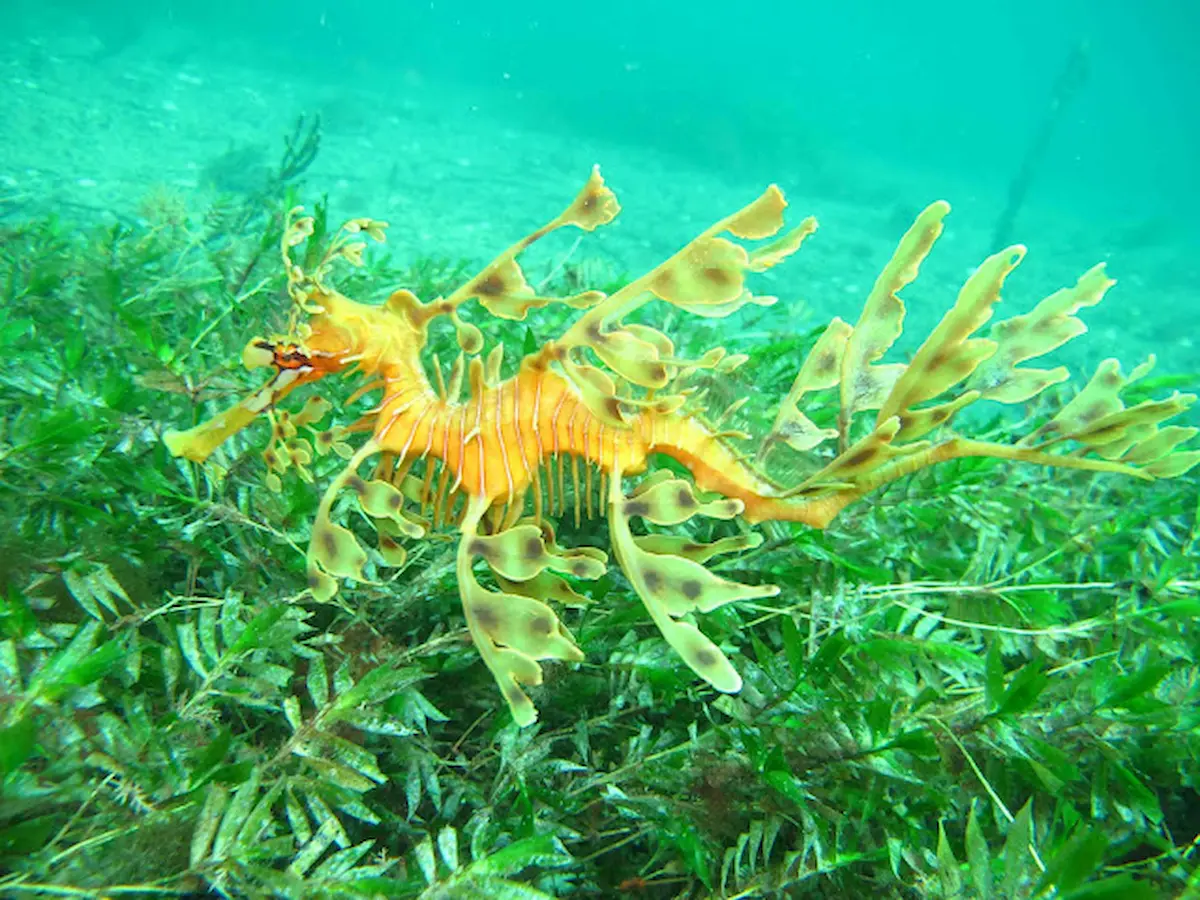
Mimic Octopus
With their remarkable ability to impersonate several other sea creatures, especially those that are poisonous or dangerous, mimic octopuses might take the camouflage crown. Mimic octopuses can instantly change their texture, shape and color to blend in with their surroundings like other cephalopods or, as their name reveals, mimic other species. To deter predators, mimic octopuses can spread their arms out and move them through the water to resemble the venomous spines of a lionfish or pull their arms back and completely flatten themselves to take on the look of a flatfish—among their many other camouflage talents.
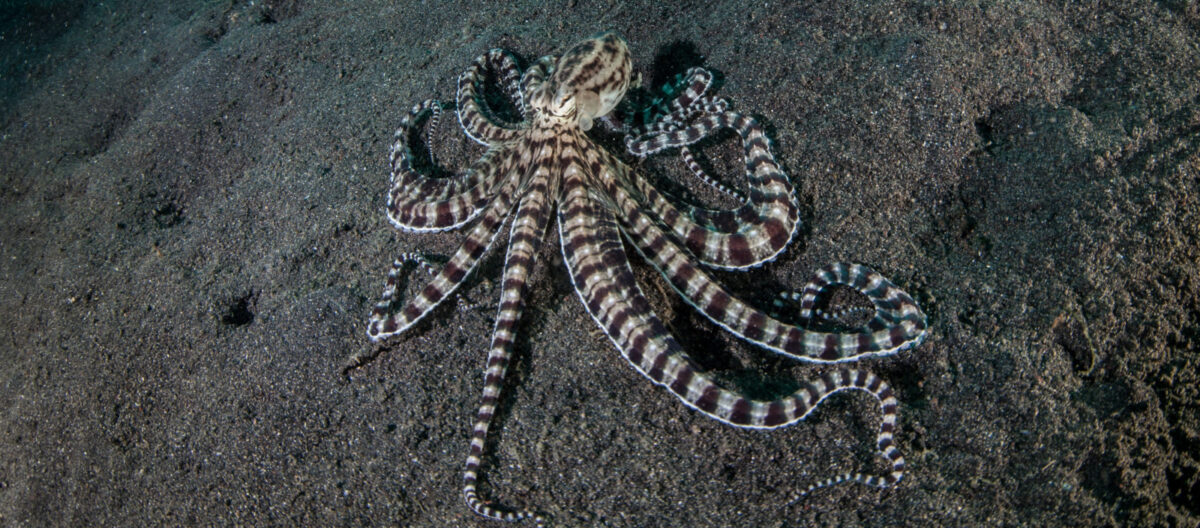
Stonefish
Last but certainly not least, we have the stonefish. Stonefish are difficult to spot—great for avoiding predators as well as for hunting. Their impeccable ability to match the colors of their surroundings easily allows them to blend in with coral reef or rocks. If stonefish are spotted: watch out! Stonefish are among the most venomous fish in the sea and are capable of killing the biggest ocean creatures and even human beings.
